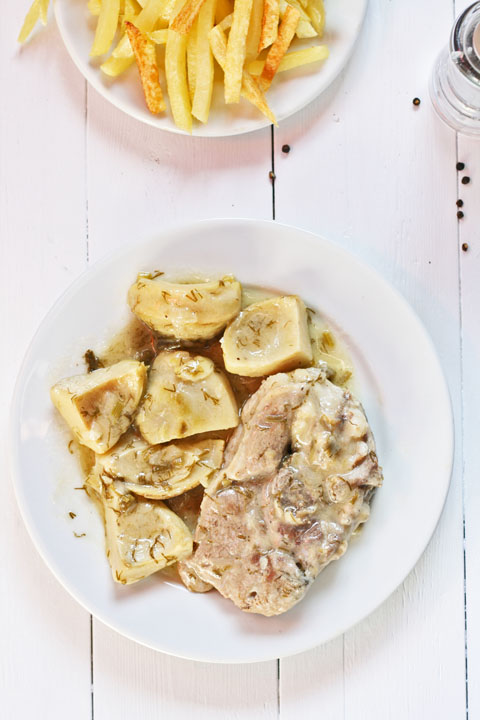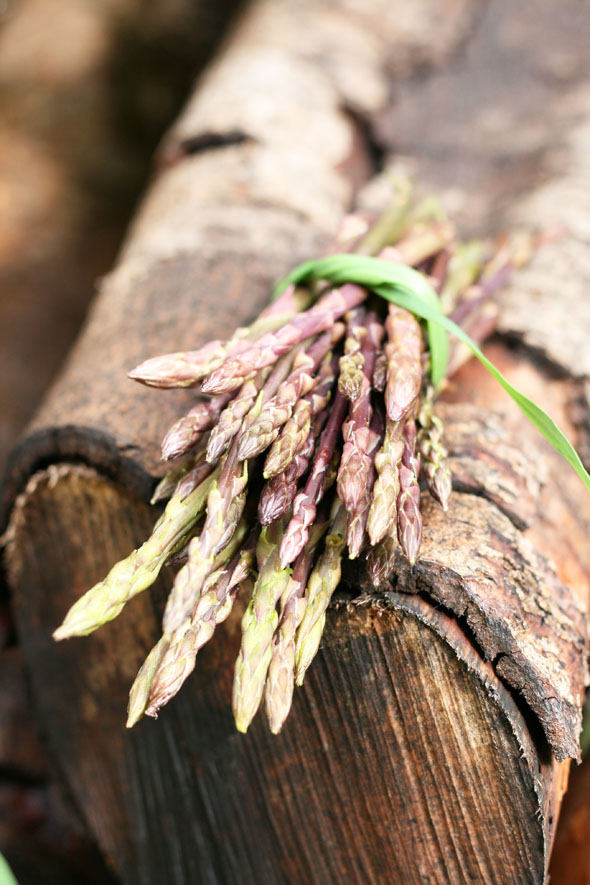Arnảki me aginảres - Lamb stew with artichokes

Artichokes (aginảres in Greek) are the most tasty and unique vegetable of Spring. These flower buds can be found fresh only at this time of the year and the list of recipes to cook them is endless. Globe artichokes are cultivated worldwide but the ‘wild’ variety, although they are smaller and have thorns, have been preferred in Greece since ancient times. They cost double the price of Globe artichokes because of their wonderful taste. Wild artichokes are more difficult to find in the market but in the island of Tinos they are widely cultivated, marinated in olive oil, and sold canned, - a great meze. In Greece we also make a very nice vegetable stew with artichokes, broad beans and peas, all of which are in season at the same time. Since Easter is getting close, one of our favorite traditional festive dishes is lamb stew with artichokes ( arnảki me aginảres ) . This dish combines lamb, (the Greeks’ favorite meat); with artichokes, fresh herbs, greens (in this


